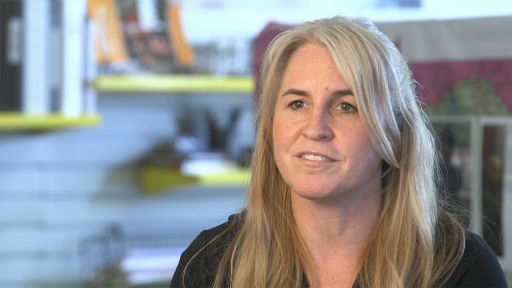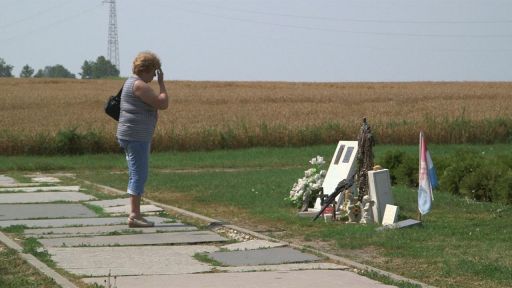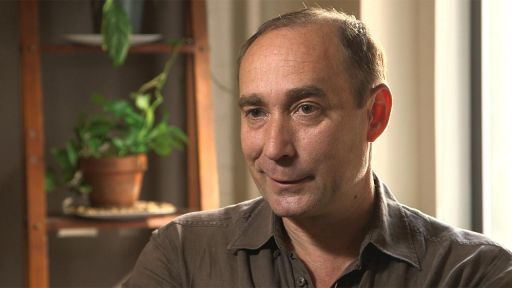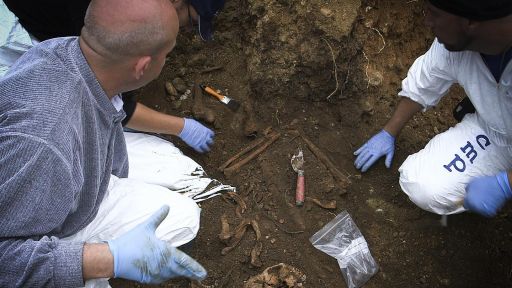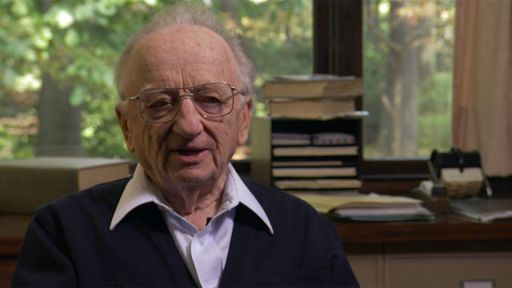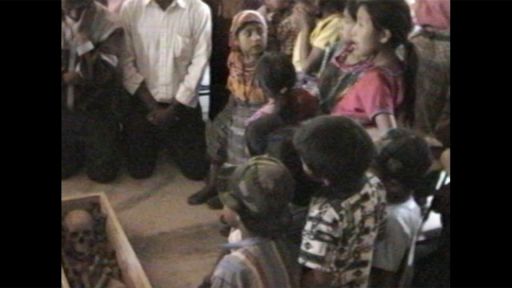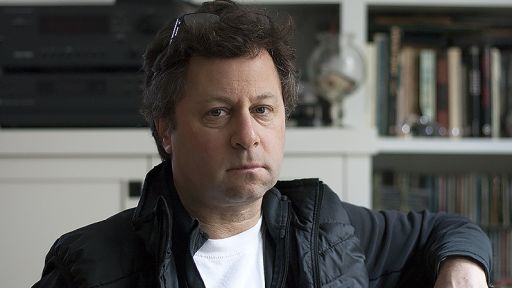This work has nothing to do with the dead
The Guatemalan Forensic Anthropology Foundation was founded in 1991 to identify victims of a thirty-year civil war between the government and leftist guerillas, many of them from the indigenous Mayan population. Both sides engaged in human rights violations during the war.
Read Transcript
Impunity has been the norm, rather than accountability.
Unless governments will face up to the crimes that they've committed, or willing to investigate the crimes of other countries, or other governments, then we'll never get ourselves extricated from the past.
Increasingly, impunity is under attack -- from human rights investigators determined to hold war criminals accountable for the most distant crimes. The Guatemalan Forensic Anthropology Foundation was founded in 1991 to identify victims of a thirty-year civil war between the government and leftist guerillas, many of them from the indigenous Mayan population.
Both sides engaged in human rights violations during the war. But the Guatamalan military and National Police committed crimes on a vast scale, according to Eric Stover, who investigated human rights violations throughout Latin America.
During at least a 30-year period, there was armed insurgency, but the government used it as an excuse to repress its indigenous communities. And there was a turning of a blind eye, there was active engagement in human rights violations of war crime throughout the country.
During the Cold War, countless civilians were murdered throughout Latin America by military regimes intent on destroying political opposition. Only in Guatemala did the slaughter reach the point of genocide.
If you look at the reports that the military put out in that era about those Mayan communities, it's very clear that they believe that the Maya across the board, men, women, and children, were 100% supportive of the guerilla overthrow of the Guatemalan government. And that, automatically made them enemies and therefore targets for army operations.
Kate Doyle assesses evidence of human rights crimes at the National Security Archive in Washington DC. Documents that she obtained in Guatemala have exposed the military's campaign of violence.
These assembled units would sweep through a series of villages -- they would gather the population. They would separate it by sex, they would torture them for information. They would typically carry out rapes and other sexual assaults, and ultimately they would either gun down or burn alive that village.
A real homicide investigation, you start at the crime scene, of course. But what you have to do is take your evidence and build it into a story, the story that the evidence tells you. The story the bones tell you.
They are the witnesses.
They are the best witnesses.



